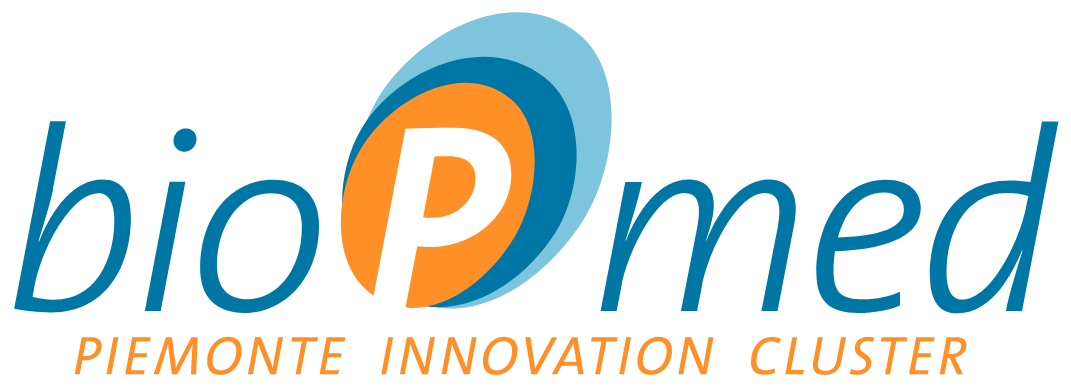
Myna Project
Via Lavoratori Vittime del Col du Mont, 24
11100 Aosta
Contact: Thomas Ferrero
Role: CEO and CTO
E-mail: info@myna-project.org
Website: www.myna-project.org
Number of employees: 8
Establishment year: 2015
Sectors of activity: ICT for Health / e-health
The company was incorporated in 2015 as Innovative Start-up at the initiative of six partners, as many applied engineering disciplines were necessary for its operation – computer science, electronics, automation, management, data – and at the end of the five-year start-up period, it became an Innovative SME and settled in the Pepiniere of Aosta.
Aimed at developing AI platforms for automatic energy management in manufacturing and for this a few months after incorporation opened a business unit in Turin.
The complexity faced was not only the continuous analysis of data, but its search, cleaning, formatting, and use, starting with heterogeneous objects-intelligent, semi-intelligent, dumb-that were present in the factory, for which universal translators were developed that could make them interact with a single center of collection and processing.
Projects supported by R&D activities developed within the Structural Funds calls of the Piedmont Region and the Aosta Valley Region (see Company Profile).
Having gained this nearly decade-long experience in AI applied to energy in manufacturing, the company started a new activity in AI applications to e-health, building on the experience of remote and unified control developed in manufacturing.
In particular, it is intended to address the continuous psycho-physiological and care monitoring of lonely elderly people, starting with those residing in Alpine valleys, so that they are constantly cared for in their natural habitat.
Again, only AI can analyze, compute the trend against indicators, predict the evolution, even inauspicious evolution, and perform alerting to manage the necessary reaction, relative to tens of thousands of contemporary individuals.
In order to build a widespread monitoring system, it is necessary to structure collaborations with the medical device, drug, and community health care industries, both public and private.
